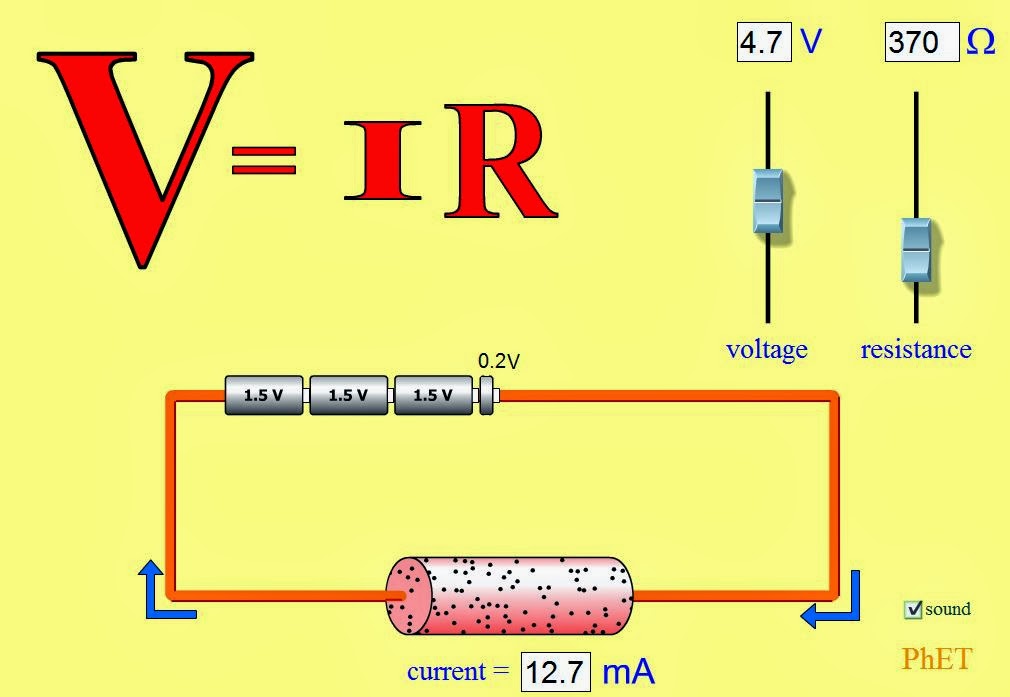Electricity!

Static Electricity: Two surfaces, one with high resistance
(insulator). Materials with weakly bound
electrons tend to lose them while materials with sparsely filled outer shells
tend to gain them. - Triboelectric
effect.


Leyden Jar:
A Leyden jar, or Leiden jar, is a device that
"stores" static electricity between two electrodes on the inside and
outside of a glass jar. It was the original form of a capacitor (originally
known as a "condenser").
It was invented independently by German cleric Ewald Georg
von Kleist on 11 October 1745 and by Dutch scientist Pieter van Musschenbroek
of Leiden (Leyden) in 1745–1746.[1] The invention was named for the city.
The Leyden jar was used to conduct many early experiments in
electricity, and its discovery was of fundamental importance in the study of
electricity.

Lightning: Created from electrically
charged regions within clouds, no one really understands how these charges build up.
Lightning rod experiments
In 1752, Franklin proposed an experiment with conductive
rods to attract lightning to a Leyden jar, an early form of capacitor.
Such an experiment was carried out in May 1752 at
Marly-la-Ville in northern France by Thomas-François Dalibard. An attempt
to replicate the experiment killed Georg Wilhelm Richmann in Saint Petersburg
in August 1753, thought to be the victim of ball lightning. Franklin himself
conducted the experiment in June 1752, supposedly on the top of the spire on
Christ Church in Philadelphia.
Electrical Current: Electrons moving in a wire, or ions in
an electrolyte.


Ohm's Law:

http://phet.colorado.edu/sims/ohms-law/ohms-law_en.html
Induction:

Induction motor:
Electromagnetism:
Electromagnetism, or the electromagnetic force is one of the
four fundamental interactions in nature, (the other three being the strong
interaction, the weak interaction, and gravitation.)
Originally electricity and magnetism were thought of as two
separate forces. This view changed, however, with the publication of James
Clerk Maxwell's 1873 Treatise on Electricity and Magnetism in which the
interactions of positive and negative charges were shown to be regulated by one
force.

.
There are four main effects resulting from these interactions, all of which have been clearly demonstrated by experiments:

.
There are four main effects resulting from these interactions, all of which have been clearly demonstrated by experiments:
1. Electric charges
attract or repel one another with a force inversely proportional to the square
of the distance between them: unlike charges attract, like ones repel.
2. Magnetic poles (or
states of polarization at individual points) attract or repel one another in a
similar way and always come in pairs: every north pole is yoked to a south
pole.
3. An electric
current in a wire creates a circular magnetic field around the wire, its
direction (clockwise or counter-clockwise) depending on the direction of the current.


4. A current is
induced in a loop of wire when it is moved towards or away from a magnetic
field, or a magnet is moved towards or away from it, the direction of current
depending on that of the movement.
Electromagnet:
The electricity flowing through the wire arranges the molecules in the nail so that the nail becomes magnetic. When the current is gone, the nail is no longer magnetic.
Telegraph:
Electric Generator:
Device that converts mechanical energy to electrical energy (by pushing a magnet past a wire).
The
source of mechanical energy may be a reciprocating or turbine steam engine,
water falling through a turbine or waterwheel, an internal combustion engine, a
wind turbine, a hand crank, compressed air, or any other source of
mechanical energy. Generators provide nearly all of the power for electric
power grids.

Nikola Tesla; 10 July 1856 – 7 January 1943, invented AC induction motor.

Thomas Edison, Feb 11, 1847 - Oct 18, 1931 - "The Wizard of Menlo Park"
Breadboards:
Resistor Color Code:














No comments:
Post a Comment